CANTERBURY SCENE
A Progressive Rock Sub-genre
From Progarchives.com, the ultimate progressive rock music website
Canterbury Scene definition
With many other types of English progressive music developing mostly in London, it may at first seem strange that the old pilgrimage centre and relatively quiet cathedral city of Canterbury, became the centre of this very English form of progressive music and jazz fusion. Originally the Wilde Flowers, a teenage band of members living in and around Canterbury, playing a mix of pop, R'n'B and band members with a developing love of jazz, was formed in the 60's and became the seedling from which the Canterbury Scene grew. Australian beatnik Daevid Allen during a long stop-over at Robert Wyatt's parent's home, a refuge for many left field artists, was to catalyse the evolution of the Wilde Flowers into the fledging Soft Machine and the development of some avant music during the English psychedelic and underground period. From 1963 to 1969, the Wilde Flowers included most of the figures who later formed Canterbury's two best known bands, (The) Soft Machine (Robert Wyatt, Kevin Ayers, Hugh Hopper) and Caravan (Pye Hastings, David Sinclair, Richard Sinclair, Richard Coughlan).Canterbury was then to be the cradle for several of the more freewheeling British bands of the post-psychedelic era. While fans would suggest this is the home of an English musical quirkiness tempered with quite a bit of whimsy, within the Canterbury Scene's musical spectrum any similarities between Canterbury's major bands, (e.g. Soft Machine, Caravan, Gong, Robert Wyatt, Kevin Ayers, Hatfield & the North, Egg, National Health), are not immediately obvious*. Most bands will be found employing a clever fusion of rock rhythms and jazz improvisation with intellectual song-writing and varying strengths of psychedelia - some would too include folk elements (e.g. Spirogyra), others blues (e.g. Carol Grimes and Delivery). In addition, a number of bands employed various elements from classical music, for instance those bands with Dave Stewart playing keyboards. Whilst there have been a handful of excellent and distinctly different guitarists to play with Canterbury bands (e.g. Andy Summers, Allan Holdsworth, John Etheridge, Steve Hillage, Phil Miller), the lead instrument of choice has been keyboards. One English peculiarity of Canterbury is what the late John Peel called the 'School of Anti-song' because of particular Wyatt, Ayers and Richard Sinclair's approaches to vocals and perhaps the whimsy. More recently Richard Sinclair's vocal style has perhaps accurately been labelled as 'English jazz singing' by Jazzwise (i.e. singing jazz with an English rather than the usual American accent). In addition Canterbury musicians have experimented as avant garde, free jazz players, e.g. instance Elton Dean, Lol Coxhill, Steve Miller.
(*However, once you've heard some Canterbury bands the commonality becomes more obvious - chord sequencing e.g. Caveman Hughscore's electric piano opening on the tune 'More Than Nothing', the vocals, the lyrics etc.)
Both the Soft Machine and Caravan were popular in England's psychedelic/ underground scene before releasing their first albums in 1968, with Machine completing on level footing with Pink Floyd. However, by the early 70's a series of fragmenting changes of bands' line-ups, (Soft Machine went through about 30) and the subsequent formation of new bands, rapidly broadened Canterbury's range, with many newer musicians with only loose and in fact, no previous Canterbury connections. Early Soft Machine member Daevid Allen formed Gong in Paris. Both Kevin Ayers and Robert Wyatt left the Softs because of musical developments they did not like, to begin their own solo careers. By the mid-70's, most the old and new Canterbury bands had progressed away from psychedelia, developing their distinct forms of progressive rock some embracing jazz fusion, many playing extended jams with now limited lyrical input (e.g. Hatfield and The Norths, National Health, Gilgamesh). Caravan became more folky. However, as the 70's progressed several Canterbury bands would lose most of the rock element from their music. Gong retained their psychedelic side longest, but with the departure of Daevid Allen and Steve Hillage in the mid 70's, the band evolved into the percussion-oriented, jazz rock group Gong, which eventually became the modern day Gongzilla. Daevid Allen regained Gong's name in the 90's and through his solo work and with his University of Errors, is still evidently producing psychedelia. Steve Hillage's form of psychedelia evolved into the glissando rock of his own band and then into electronica, by the end of the 70's. In particular, Hillage through his work as a successful record producer of new bands from the 80's, develop his form of electronica through other bands. This music lost much of its complexity e.g. few riffs played over and over, rather than dozens per tune that previously had often typified prog, into a very popular form that is the antithesis of prog, i.e. the various forms of house music, with associated remixing/turntablism. For instance, Gong's "You" got the remix treatment in the 90's - but then to reflect his range of activities, Hillage has also produced and played guitar for Algerian Rai singer, Rachid Taha for over 20 years.
Many of Britain's better known avant-garde and fusion musicians of the 70's and 80's - including Fred Frith (Henry Cow), Allan Holdsworth (Gong, Soft Machine, UK, Bruford) and Peter Blegvad - were involved during their early careers playing in Canterbury bands. And still new musicians join the Canterbury Scene's ranks, Theo Travis being perhaps the most notable recently (Gong, The Soft Machine Legacy). The Canterbury scene was to have a major influence on musicians in Europe, especially France (e.g. Gong, Moving Gelatine Plates), the Netherlands (Super Sister)and Italy (Daedalus), and more belatedly in the USA (Hughscore). Caravan reformed in the mid 90's, while ex-members of Soft Machine could be found in various avant jazz and straight jazz fusion groups, e.g. Just Us, Soft Heap, Soft Works and most recently The Soft Machine Legacy. From the Canterbury Scene, RIO it its various forms has developed.
FOOTNOTE: As indicated above, many Canterbury Scene bands are acknowledged as having played/are playing jazz rock fusion. However, because of their strong Canterbury affliations are listed under "Canterbury Scene" in Prog Archives.
Dick Heath
Based loosely in part on the source: http://www.allmusic.com
(Edition 3, Aug 2009)
Current team members as at 9/12/2022:
Scott (Evolver)
Drew (BrufordFreak)
Mike (siLLy puPPy)
Mira (Mirakaze)
Canterbury Scene Top Albums
Showing only studios | Based on members ratings & PA algorithm* | Show Top 100 Canterbury Scene
 | More Top Prog lists and filters
| More Top Prog lists and filters
Canterbury Scene overlooked and obscure gems albums 
Random 4 (reload page for new list) | As selected by the Canterbury Scene experts team
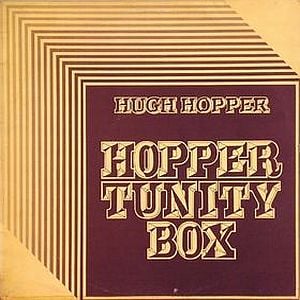 HOPPER TUNITY BOX
HOPPER TUNITY BOXHopper, Hugh |
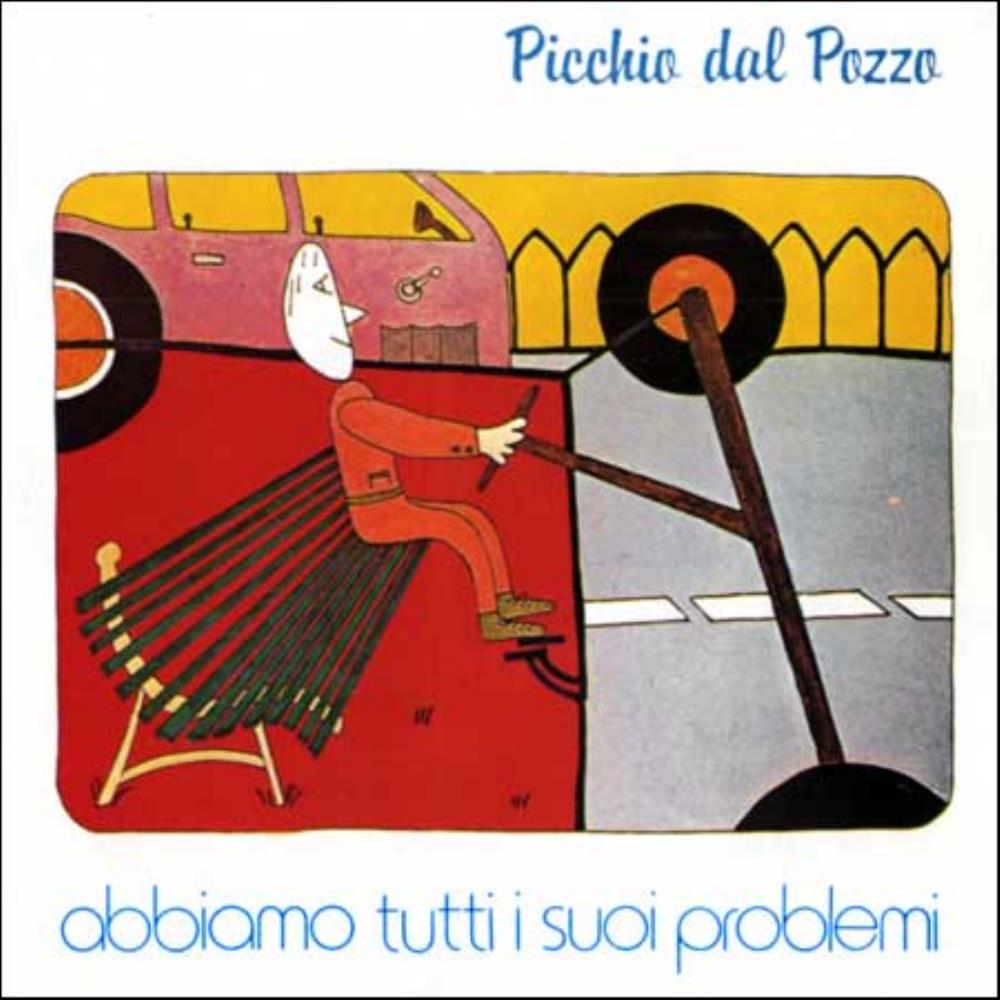 ABBIAMO TUTTI I SUOI PROBLEMI
ABBIAMO TUTTI I SUOI PROBLEMIPicchio Dal Pozzo |
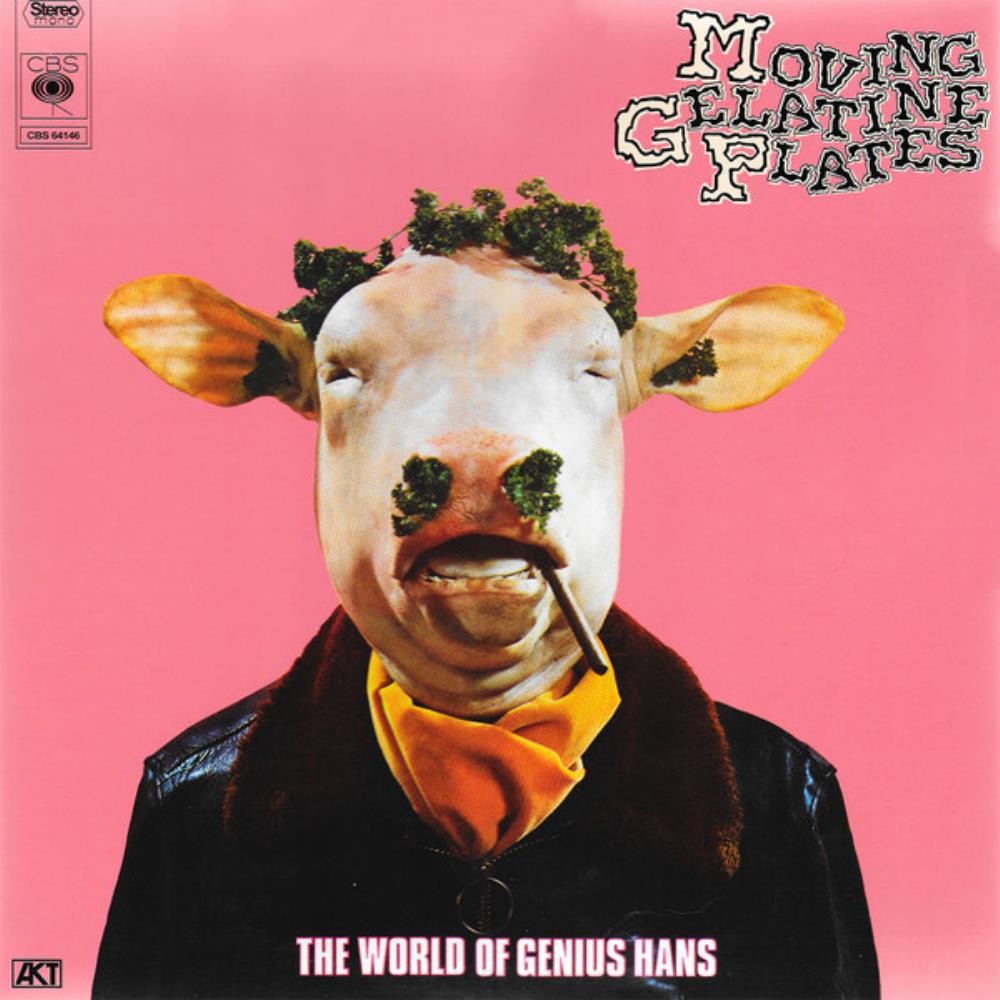 THE WORLD OF GENIUS HANS
THE WORLD OF GENIUS HANSMoving Gelatine Plates |
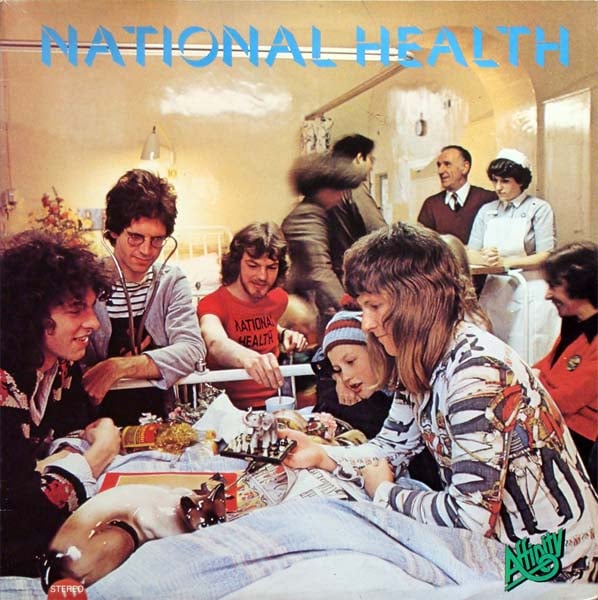 NATIONAL HEALTH
NATIONAL HEALTHNational Health |
Latest Canterbury Scene Music Reviews
Manna / Mirage Canterbury Scene
Review by
kev rowland
Special Collaborator Honorary Reviewer
 According to Dave's Bandcamp site this is the last album we will hear from Manna/Mirage, which is a real shame as
this is possibly the most enjoyable to date. Dave Newhouse of course provides most of the instruments, and on a
couple of tracks all of them, but he has also brought in old friends such as ex-Muffins bandmates Michael Bass and
Michael Zentner, his Moon Men and Cloud Over Jupiter colleague Jerry King, along with the likes of Guy Seger from
Univers Zero. Dave has been at the forefront of the Canterbury/Jazz/Avant Prog scene for more than 50 years now,
and I have yet to come across any of his releases which are less than thoroughly enjoyable and that is again what we
have here. Dave does not feel he is restricted by what anyone expect of him, and consequently he goes where the
music takes him, so if he wants the guys to "play it like they're in a small band in a seedy club in Berlin in 1933", as he
requested for those involved with "Practicing Tonglin In A Time Of War" then that is what happens.
According to Dave's Bandcamp site this is the last album we will hear from Manna/Mirage, which is a real shame as
this is possibly the most enjoyable to date. Dave Newhouse of course provides most of the instruments, and on a
couple of tracks all of them, but he has also brought in old friends such as ex-Muffins bandmates Michael Bass and
Michael Zentner, his Moon Men and Cloud Over Jupiter colleague Jerry King, along with the likes of Guy Seger from
Univers Zero. Dave has been at the forefront of the Canterbury/Jazz/Avant Prog scene for more than 50 years now,
and I have yet to come across any of his releases which are less than thoroughly enjoyable and that is again what we
have here. Dave does not feel he is restricted by what anyone expect of him, and consequently he goes where the
music takes him, so if he wants the guys to "play it like they're in a small band in a seedy club in Berlin in 1933", as he
requested for those involved with "Practicing Tonglin In A Time Of War" then that is what happens. He is also never restricted in what instruments he uses, so arrangements can be very different indeed from one song to the next, and his high presence in the scene means he has access to more music and musicians than the normal person. One song on this album, "Section W", started off life as a piece on the compilation album ' Frets of Yore' which I reviewed recently, here extended and given new life. Another song was originally written for Moon Men and has now been released here.
There is a life and presence in all he is involved with, and even though he is not as young as he used to be, Dave is hugely active in multiple different musical projects as well as continuing with his artwork. This means that although this may be the end of Manna/Mirage, there is still plenty of music left to come from him, and long may that continue. For fans of the Canterbury scene this is a wonderful album which twists and changes so one never knows what is coming yet, all wrapped in the wonderful arrangements and musical sensibilities of Newhouse.
Steve Hillage Canterbury Scene
Review by
siLLy puPPy
Special Collaborator PSIKE, JRF/Canterbury, P Metal, Eclectic
 By 1977 former Gong guitarist STEVE HILLAGE was well on his own path with a successful solo career building momentum but as the age of prog was ceding to a new era of funk, punk and disco, HILLAGE became irritated with many prog snobs snubbing the new up and coming genres and limiting his musical expressions to the world of progressive rock. In his own expressions of rebellion and breaking free from any such pigeonholing attempts, HILLAGE delivered a new sound on his third album MOTIVATION RADIO which found as much inspiration from Funkadelic and Earth, Wind & Fire as from Gong or Pink Floyd.
By 1977 former Gong guitarist STEVE HILLAGE was well on his own path with a successful solo career building momentum but as the age of prog was ceding to a new era of funk, punk and disco, HILLAGE became irritated with many prog snobs snubbing the new up and coming genres and limiting his musical expressions to the world of progressive rock. In his own expressions of rebellion and breaking free from any such pigeonholing attempts, HILLAGE delivered a new sound on his third album MOTIVATION RADIO which found as much inspiration from Funkadelic and Earth, Wind & Fire as from Gong or Pink Floyd. Unable to shake his space rock connections completely, MOTIVATION RADIO offered a unique mix of danceable funk rock steeped with the usual glissando guitar fueled psychedelia and art rock. The album also added a bit of punkish guitar heft that surely must've thrown the prog snobs for a loop when this hit the scene. While the funk rock moves dominate the guitar, bass and drum rhythm sections, HILLAGE hired Malcom Cecil from Tonto's Expanding Head Band to produce and engineer the album which in the process kept many of the trippiest moments of classic Gong alive and well. Likewise HILLAGE's vocal delivery is very reminiscent of Daevid Allen's best Gong moments so apparently he was indelibly marked by the experience for life.
This album offered an interesting mix of tracks with some like the opening "Hello Dawn" shouting the fact that HILLAGE had totally funked up his fans sh.i.t and delivered a major curveball but it doesn't take long for his psychedelic roots to steal the show such as the Gong-esque "Light In The Sky" that narrates the arrival of UFOs complete with all those freaky psychedelic excursions heard on "Angel's Egg" and "You" even with a surrogate Gilli Smyth offering some space whispering. Some tracks like "Wait One Moment" take on a Pink Floyd flavor with a chilled space rock sound that reminds me of "Comfortably Numb" from "The Wall" but obviously two years before that album would emerge.
Of all the tracks on board, "Saucer Surfing" is the closest thing to HILLAGE's masterwork "Fish RIsing" with the same trippy layers of glissando guitar accompanying the overly mystical and esoteric lyrics that sometimes border on ridiculous but reflected the new age and Eastern philosophical interests that dominated the 60s and 70s. "Searching For The Spark" prognosticates the style of what Ozric Tentacles would make a career out of and its not unthinkable that the band was inspired by the unique electronica that dances around in a hypnotic yet cyclical manner. "Octave Dancers" must've really rankled prog stalwarts because it almost sounds like dancy disco only with a funk groove yet features STEVE's classic glissando workouts as well as bluesy guitar licks. The closing "Not Fade Away (Gild Forever)" ends the album with rather bluesy funky space rock vibe.
This is an album that i never really liked a lot until i let it sink under my skin. Sure it's not HILLAGE's best of the lot by a long shot but it certainly does deliver some entertaining moments. Like many the funk and simplicity that didn't measure up to "Fish Rising" rubbed me the wrong way but as i've listening to it more and more it certainly has grown on me in a weird way. There are lots of clever moments on this and the production is amazingly crisp and clear (granted i have the 2000 remaster). Sure HILLAGE's vocal performances range from classic Daevid Allen to sometimes sounding like Devo and even a touch of new wave but ultimately the space mix and HILLAGE's own signature style tips it all in my favor of liking it more. Not his magnus opus but personally i like this one better than "L."
A 3.5 star album but i like it enough to round up to 4
The Muffins Canterbury Scene
Review by
Warthur
Prog Reviewer
 Perhaps it's no surprise that 185 - the last studio album by the Muffins before a long hiatus - saw their sound shifting
from the sunny Canterbury climate of Manna/Mirage into colder and more confrontational RIO territory, given the
presence of Fred Frith as a producer (and some occasional guest spots on guitar).
Perhaps it's no surprise that 185 - the last studio album by the Muffins before a long hiatus - saw their sound shifting
from the sunny Canterbury climate of Manna/Mirage into colder and more confrontational RIO territory, given the
presence of Fred Frith as a producer (and some occasional guest spots on guitar).Frith was returning the favour here, since the Muffins had served as his backing group on the second side of Gravity (with Samla Mammas Manna doing the honours on the first side); his endorsement of the group to this extent is testament to how well the Muffins "got" the Canterbury/RIO style, and on 185 they further demonstrate an ability to not merely imitate their influences, but innovate and push this style of music forwards, making this album an important link between the European roots of the RIO movement and its later expressions in the US such as Thinking Plague and the Cuneiform label.
Magic Bus Canterbury Scene
Review by
Warthur
Prog Reviewer
 The Earth Years - the most recent Magic Bus album at the time of writing - continues the band's ongoing tribute to the
lighter, fluffier side of the Canterbury scene. Don't expect intense, complex jazz-rock like Soft Machine or avant-garde
experimental proto-RIO like early Henry Cow - this takes early Gong and Caravan as its main lodestones, and adds on
some West Coast folk rock harmonies to spice things up. It's good, but it's the sort of good we've heard from Magic Bus
before; if you're heard their preceding albums, you know what the deal is here, and if you haven't I think they're a bit
more fresh than this, which risks tipping over into being outright formulaic.
The Earth Years - the most recent Magic Bus album at the time of writing - continues the band's ongoing tribute to the
lighter, fluffier side of the Canterbury scene. Don't expect intense, complex jazz-rock like Soft Machine or avant-garde
experimental proto-RIO like early Henry Cow - this takes early Gong and Caravan as its main lodestones, and adds on
some West Coast folk rock harmonies to spice things up. It's good, but it's the sort of good we've heard from Magic Bus
before; if you're heard their preceding albums, you know what the deal is here, and if you haven't I think they're a bit
more fresh than this, which risks tipping over into being outright formulaic.
Ocarinah Canterbury Scene
Review by
siLLy puPPy
Special Collaborator PSIKE, JRF/Canterbury, P Metal, Eclectic
 The late 70s was in interesting if frustrating time for true fans of progressive rock after a decade when unthinkable amounts of albums were recorded and released but trends come and go and prog's popularity waned as the rise of simpler musical forms were usurping control of the marketplace. That by no means meant that prog just disappeared quietly for time memorial. Sure the big names like Yes, Genesis, PFM and even Gentle Giant were incrementally whittling down their prog complexities in favor of more radio friendly ventures but in their shadows were a whole slew of bands that missed the original party and wanted to get a piece of the action. Given the ever decreasing prospects of actually making a living from such music, many bands simply released an entire career's worth of ideas on a single album or two and then disappeared never to be heard from again.
The late 70s was in interesting if frustrating time for true fans of progressive rock after a decade when unthinkable amounts of albums were recorded and released but trends come and go and prog's popularity waned as the rise of simpler musical forms were usurping control of the marketplace. That by no means meant that prog just disappeared quietly for time memorial. Sure the big names like Yes, Genesis, PFM and even Gentle Giant were incrementally whittling down their prog complexities in favor of more radio friendly ventures but in their shadows were a whole slew of bands that missed the original party and wanted to get a piece of the action. Given the ever decreasing prospects of actually making a living from such music, many bands simply released an entire career's worth of ideas on a single album or two and then disappeared never to be heard from again.Such is the case of the obscure French act OCARINAH which originated in the city of Oyonnax in the Auvergne-Rh�ne-Alpes region of France not too far from the Swiss city of Geneva. This band existed for around seven years and went through various lineups ranging from a mere trio to a beefier quintet. During the band's multi-year run it's primary focus was playing live and organizing concerts but OCARINAH did manage to release one album on the band's private Calypsia label. The band's sole album PREMI�RE VISION DE L'�TRANGE (First Vision of the Strange) was released in 1978 with only 1000 copies being pressed making it one of those rare collectibles sought after by seekers of vinyl rarities. By the time the album was recorded the band was the mere trio of Jean-Michel Valette (synthesizer, guitar), Marc Perdrix (bass) and Charles Bevand (drums). And strange the album was indeed.
Crafting a unique melancholic style of prog, OCARINAH didn't sound like any other act of the day with Valette citing many influences ranging from Magma, Zao, Art Zoyd, Soft Machine, Hatfield & the North and the Mahavishnu Orchestra as ground zero for primary inspiration. Given that diverse array of quality acts to follow, the band crafted a complex array of knotty jazz-fueled prog workouts that delivered a touch of zeuhl martial rhythms, healthy doses of avant-prog angularity and a strong connection to the Canterbury Scene that included keyboard workouts similar to classic Egg as well as more nerdy extravaganzas into abstract Soft Machine territory. The album is completely instrumental and features five tracks that offer extremely demanding musical gymnastics ranging from Keith Emerson synthesizer runs to over the top bass grooves. Included are intricately designed jazz-inspired drum workouts thus showcasing the dexterity and inventiveness of this highly talented power trio.
Valette admits the band's ambitions were to forget a new path in prog and from just one single exposure to PREMI�RE VISION DE L'�TRANGE it becomes immediately clear that OCARINAH did indeed succeed in forging its own way in an era when many bands were already starting to copy the bigwigs of the early 70s while the super-stars themselves were either disbanding or selling out. In this sense OCARINAH can be placed in the same camp as other inventive French latecomers such as Shylock, Pataphonie or Potemkine. It's hard to believe but this album was basically recorded live in the studio with no overdubs or editing, a true rough draft yet sounds amazingly precise with crazy instrumental interplay zigzagging around like a flock of drunken birds making one hairpin turn after another. The complexity of the album is really too intense to soak in on a single spin and this one is definitely reserved from the difficult music section of the prog university.
Despite little attention being paid to the album the band still existed for a few more years until the early 1980s before officially disbanding. The band was modest in its goals and never was in it for the money or the fame and focused exclusively on the music and that is apparent in how mind blowing the musical complexities are on this one. In fact this is one of the craziest complex prog albums there is to be found especially in the watered down prog scene of the late 70s. OCARINAH is one of those underground cult acts that really did deliver something extraordinarily special that remains totally unique even some 45 years after its initial release. Sure the synthesizer tones are a little strange but the overall effect of this excellent album is one of true originality and the highest degree of musical dedication. OCARINAH deserves a medal. Maybe it'll take another 50 years for the world to catch up but eventually this will be a classic.
Mr. Sirius Canterbury Scene
Review by
siLLy puPPy
Special Collaborator PSIKE, JRF/Canterbury, P Metal, Eclectic
 Japan's MR SIRIUS was a group of prog stalwarts determined to swim upstream in a decade that rewarded conformity and musical simplification over experimentation. The band showcased the true spirit of musical freedom with two innovative albums that kept prog relevant in an era where it was significantly dimisnished. Masterminded by the multi-instrumentalist Kazuhiro Miyatake, MR SIRIUS was a trio formed in Osaka and featured Miyatake (aka Mr Sirius) on flute, guitars, keyboards, mellotron, sythesizers, bass and accordion along with grand pianist / vocalist Lisa Ohki and percussionist Chihiro Fujioka. Together this trio launched two well respected albums in the late 80s and early 90s before the official prog revival movement really kicked off. Who knows. Maybe they even helped inspire it! Miyatake actually began his prog journey early on in the 80s in symphonic prog bands such as Mugen and Pageant.
Japan's MR SIRIUS was a group of prog stalwarts determined to swim upstream in a decade that rewarded conformity and musical simplification over experimentation. The band showcased the true spirit of musical freedom with two innovative albums that kept prog relevant in an era where it was significantly dimisnished. Masterminded by the multi-instrumentalist Kazuhiro Miyatake, MR SIRIUS was a trio formed in Osaka and featured Miyatake (aka Mr Sirius) on flute, guitars, keyboards, mellotron, sythesizers, bass and accordion along with grand pianist / vocalist Lisa Ohki and percussionist Chihiro Fujioka. Together this trio launched two well respected albums in the late 80s and early 90s before the official prog revival movement really kicked off. Who knows. Maybe they even helped inspire it! Miyatake actually began his prog journey early on in the 80s in symphonic prog bands such as Mugen and Pageant.MR SIRIUS' first release BARREN DREAM emerged in 1987 in perhaps one of the years least friendly to progressive acts however in the middle of the BARREN desert called the 80s lay a veritable DREAM to rekindle all those classic sounds that made the 70s so magical. Long associated with England's Canterbury jazz scene, MR SIRIUS was a bit more eclectic than performing a mere tribute to Hatfield & The North or National Health and rather crafted an extremely unique style that was just as much about classic Genesis, the 70s Italian symphonic prog scene and the classical leanings of French composer Gabriel Faur� as it was about Canterbury jazz.
This album is indeed dreamy and features six bonafide prog workouts with the opening and closing tracks (and middle track "Eternal Jealousy") consisting of multiple suites and thematic developments. While officially a trio, three guest musicians added extra layers of guitar, piano and mini-moog. Showing no traces of its Japanese origins musically speaking, MR SIRIUS sounded like a true anomaly of European prog emerging in the most unlikely of times. The music is extremely soft and pastoral led by piano, acoustic guitars and a bit of jazz complexities. Musically speaking the album sounds a lot like Anthony Philips with a bunch of friends joining in however the trio's distinct sound lies not in its pastoral symphonic prog approach but rather by the excellent feminine vocal charm of lead singer Hirako Ohki (aka Hiroko Nagai). Lyrics while mostly presented in English did find a few moments in the Japanese language. At times the album even sounds like an opera.
While comparisons have been made to the album sounding like a hybrid between The Enid's "Aerie Faerie Nonsense" and Camel's "Snow Goose," MR SIRIUS defies comparisons due to its ability to shape shift into multiple musical areas seemingly at the drop of a hat. While one moment the band evokes a soft mellowness reminiscent of Genesis' most placid moments, the band has no problem breaking into demanding musical territory that explores knotty angularities and crazy instrumental interplay that is up to par with the best of the best as far as musical complexities are concerned. The addition of guitar sweeps and sensual flute runs remind me a bit of early Focus however the knotty more rock oriented parts sound utterly unique to the band itself with exquisite syncopated idiosyncrasies.
In many ways despite the band's European flavors in every form, the album does make you think of one of those beautiful paintings of Mt Fuji in the springtime with all the fruit trees in blossom. It's a breezy light affair with the occasional eruption into the knottier adventurism of avant-prog but for the most part is dominated by the sensual vocalizations of Nagai and lush acoustic passages in full pastoral mode. Overall this album ranks as one of Japan's most interesting contributions to the world of progressive rock as it stands the test of time for its unique approach of amalgamating so many disparate styles while preserving its own identity. The band would release one more album, "Dirge" and then disappeared ironically before the whole prog world seemed to resurrect from its cryogenic time out. An eclectic mix of prog styles that will surely please Canterbury fans but BARREN DREAM is so much more.
The Ghoulies Canterbury Scene
Review by
siLLy puPPy
Special Collaborator PSIKE, JRF/Canterbury, P Metal, Eclectic
 The 80s was a bizarre decade to say the least and a cruel one for many of the talented musicians who could make a living crafting complex and challenging music the decade prior. The 80s was all about the decade of towing the record company line and following certain trends especially in the world of progressive rock and former giants of prog like Yes, Genesis and PFM were transmogrified into dancing circus animals that performed the way their masters demanded. Not to say there weren't some interesting experiments that came out of the tension between artist and label but overall artists who went their own way were left to flounder in obscurity. But despite the guaranteed isolation into a world of their own making, many artists still sallied forth and released music that they wanted to make.
The 80s was a bizarre decade to say the least and a cruel one for many of the talented musicians who could make a living crafting complex and challenging music the decade prior. The 80s was all about the decade of towing the record company line and following certain trends especially in the world of progressive rock and former giants of prog like Yes, Genesis and PFM were transmogrified into dancing circus animals that performed the way their masters demanded. Not to say there weren't some interesting experiments that came out of the tension between artist and label but overall artists who went their own way were left to flounder in obscurity. But despite the guaranteed isolation into a world of their own making, many artists still sallied forth and released music that they wanted to make.The Welsh multi-instrumentalist Charlie Summers was one such bucker of the trends and delivered a single slice of the 70s Canterbury Scene in 1982. His one-off project THE GHOULIES released the sole album DOGGED BY DOGMA which looked more to fertile musical expressions unleashed in the 1970s rather than the synthpop and heavy metal dominated 80s. After the fall of the once great prog empire, many musicians were scrambling to find something that appealed to them and in the process Summers snatched up some verifiable Canterbury royalty for his single contribution. While basically a solo project of Summers, THE GHOULIES featured 10 musicians and vocalists to join in on varying track including keyboardist Dave Stewart of Arzachel / Egg / Hatfield & the North / Khan / National Health fame and drummer Pip Pyle who served in Delivery, Khan, Gong, Hatfield & The North, National Health, Soft Heap and In Cahoots.
DOGGED BY DOGMA is as strange as the album title and misfitting band name. Even the album cover offers a head scratching moment of uncertainty. The 80s was not kind to the Canterbury Scene with Pip Pyle and Dave Stewart fresh out of the unsuccessful Rapid Eye Movement project and other artists calling it quits. THE GHOULIES was a strange fish swimming upstream in a torrential river of new wave, post-punk, glam metal and MTV hits but sometimes the show must go on even if no one is listening. DOGGED BY DOGMA is one of those strange albums that doesn't ignore the drum machine / synthpop 80s and incorporates some of the aspects of new wave and simpler music into the fabric of Canterbury jazz. The results are mixed with various tracks sounding more like classic Hatfield & The North and others taking on a strange syncopated reggae groove in the vein of the Talking Heads.
The album featured nine tracks with Summers himself playing guitar, organ, flageolet as well as offering his best Richard Sinclair vocal impersonation. The tracks are on the shorter side and the music offered that direct immediacy that the 80s demanded out of listeners but the tones, timbres and especially organ sounds are straight out of the heart of the Canterbury 70s. It's an odd mix of classic Canterbury tinged with a touch of humor only adhering to some of the modernities of the world of 1982. It is a bit frustrating in the fact that the tracks hint at venturing out into more expansive musical compositions but forcibly retreat in the fear of alienating the modern sensibilities of the younger short attention span gen x-ers. In short THE GHOULIES was very much a tug of war between total musical freedom harkening back to a different era while trying to fit in to the completely new paradigm shift.
Despite the support of John Peel and an attempt to modernize the Canterbury sounds of yore, THE GHOULIES was pretty much a flop and DOGGED BY DOGMA sold a miserable 3000 albums making this one of those one and done rarities that have more caught the attention of collectors of rare vinyl rather than lovers of all things Canterbury. It's an oddball album for sure but not without its charm. In some ways it sounds like Summers was trying to revive the Canterbury sound in a similar way neo-prog bands were reviving the symphonic sounds of classic Genesis and similarly minded bands but the album is a bit erratic and even a bit goofy at times which would not have been a good selling point. Personally i kinda like this one. It's unique and it's filled with a passionate dedication to a craft even if some of the fundamentals have been compromised in favor of a more trendy approach. Perhaps not the Canterbury creme de la creme but an interesting little oddball to have emerged in the decadent 80s.
3.5 rounded down
Gringo Canterbury Scene
Review by
siLLy puPPy
Special Collaborator PSIKE, JRF/Canterbury, P Metal, Eclectic
 Starting out as Toast in 1967, the trio of Henry Marsh (guitar, vocals), John G. Perry (bass, vocals) and Simon Byrne (drums) stuck it out for three years but only managed to release a sole single titled "Flowers Never Bend With the Rainfall" in 1970 which mixed those groovy 60s styles of sunshine pop and baroque pop however the band decided to change things up a bit and soon after changed its name to GRINGO (after a short stint as Utopia) and added the Irish born Casey Synge to sing lead to give the band some feminine charm. Casey offered the charisma to interact with audiences in a live setting and added the element that Toast had been missing.
Starting out as Toast in 1967, the trio of Henry Marsh (guitar, vocals), John G. Perry (bass, vocals) and Simon Byrne (drums) stuck it out for three years but only managed to release a sole single titled "Flowers Never Bend With the Rainfall" in 1970 which mixed those groovy 60s styles of sunshine pop and baroque pop however the band decided to change things up a bit and soon after changed its name to GRINGO (after a short stint as Utopia) and added the Irish born Casey Synge to sing lead to give the band some feminine charm. Casey offered the charisma to interact with audiences in a live setting and added the element that Toast had been missing.GRINGO was a short-lived act that only existed for a couple years and these days is more famous for hosting future Caravan bassist John G. Perry who appeared on the "For Girls Who Grow Plump in the Night" as well as the live release "Caravan & The New Symphonia." Despite being a relative forgotten act today in the 21st century, the band did have a moment of minor success which actually found the band headlining a tour with Barclay James Harvest. The band also toured with Caravan during the "In The Land Of Grey And Pink" album which is how Perry made the connection.
The band released one self-titled album on the MCA label in 1971. The music was a very melodic style of progressive pop that featured an occasional reference to prog but mostly GRINGO's sole offering reminds most of the sunshine pop of the Toast days with cheerful uplifting sugary melodies almost bordering on bubblegum at times. The music though was a bit more demanding delivered organ dominated psych rock. The band could be compared to Carol Grimes' Delivery or even bands or even the German Frumpy at times because of its strong pop hook dominance only with just the occasional references to anything remotely prog. Perry's bass playing is one of the stronger aspects of the album with beefy grooves that clearly qualified him for the role of a Caravan member.
While the majority of the album is mostly based on pop rock, the track "Moonstone" actually emphasizes more demanding workouts with heavy psych-tinged keyboard sweeps and clever use of brass and percussive workouts. Casey Synge delivers some strong vocal performances and the rest of the band offers excellent harmonies to support her. Despite the strong performances the album still sounds more like it should've been released in 1968. GRINGO was clearly not in touch with the modern prog world and how quickly it had developed. This is one of those puzzlers that i don't quite comprehend why this is even considered prog at all because the few moments that hint towards anything progressive are more akin to just plain melodic art rock.
This is an OK album to check out. The melodies are strong and the tracks are performed very well however it's not anything to get overly excited about for sure. Sometimes the harmonies remind me of The Mamas & Papas and the album definitely feels dated. While it's loosely affiliated with the Canterbury Scene there are no traces of jazz or the abstract whimsy that bands in that scene were known for and certainly none of the complexities. This is pretty much psychedelic pop rock with a few moments that hint at prog. Overall not a bad album but honestly not one that really warrants hunting down at all costs as it is a fairly average representation of what the era had to offer for bands that were behind the times a bit.
The Soft Machine Canterbury Scene
Review by
BrufordFreak
Collaborator Honorary Collaborator
 Featuring the contributions of yet a third defection from Ian Carr's Nucleus in the personhood of uber-talented Karl
Kenkins, the band is now rocking as a quartet with absolutely no vocals.
Featuring the contributions of yet a third defection from Ian Carr's Nucleus in the personhood of uber-talented Karl
Kenkins, the band is now rocking as a quartet with absolutely no vocals.LP 1 - Live Album (41:45) 1. "Fanfare" (0:42) 2. "All white" (4:46) 3. "Between" (2:24) 4. "Riff" (4:36) 5. "37 1/2" (6:51) 6. "Gesolreut" (6:17) 7. "E.P.V." (2:47) 8. "Lefty" (4:56) 9. "Stumble" (1:42) 10. "5 from 13 (for Phil Seamen with love & thanks)" (5:15) 11. "Riff II" (1:20)
LP 2 - Studio Album (34:40) 12. "The soft weed factor "(11:18) Mike Ratledge and Karl Jenkin's minimalist motif on multiple tracks of electric pianos. Nice weave but it's no Phillip Glass or Steve Reich. Bass and drums kick in during the fourth minute, then soprano sax and organ doubling up the melody line over the top. Seems there are nice multiple contributions from each of the band members but the song never really amounts to much besides a jazz-rock weave with the original minimalist tracks--which alone cover the final two minutes. (17.5/20)
13. "Stanley stamps Gibbon album (for B.O.)" (5:58) a more aggressive and sinister motif based once again on a minimalist piano arpeggio turns a little funkier in the second half of the first minute and yet Ratledge's left hand of his piano continues to maintain a short, two-part arpeggi as the song's foundation for the whole of time that Karl Jenkins solos with an heavily-treated/effected soprano sax (three plus minutes)--or is it a celesta keyboard? (8.75/10)
14. "Chloe and the pirates" (9:30) a mild sonic landscape that definitely perpetuates a Canterbury sound and sound over the spacious three minute opening. Karl Jenkins' treated oboe is the lead instrument on this one while Mike maintains a free and frisky support from his seat at the electric piano. John Marshall's drumming is simple but nuanced and supplemented by some conga and other percussion additions while Hugh Hopper's bass is rolling and deep as if perhaps fretless or using extra thick strings. At 6:46 there is a glitch leading into what feels like a loop/repeat of two note electric keyboard riff while the organ rises and performs just beneath the oboe. A "Tomorrow Never Knows"-like reverse track of some instrument also rises to the top, actually ending the song as the lead and only forward sound. Interesting. (17.5/20)
15. "1983" (7:54) nefarious and slightly-bombastic dual pianos and bass play a cinematic motif of suspense while John's heavy ride cymbal play and Hugh's weird "speeded up" bottle-metallophone riff gets repeated to death on top. (13/15)
Total Time: 76:25
With my distrust and aversion to live recordings, I make it a habit to not review live albums, so only LP 2, the studio recordings, earn my attention here.
B/four stars; a fairly good though consistently experimental Still, the studio LP of this release feels as if the boys were very curious and somehow satisfied with releasing to the public the results of their curiosities and experimentations with little regard for any kind of "finished song" product.
De Lorians Canterbury Scene
Review by
Mellotron Storm
Prog Reviewer
 This is not the easiest listen in fact if we had an Avant/Canterbury section this would fit right in. Complex, dense with a
lot of sharp and angular sounds. You could get dizzy listening to this one. And man this young five piece out of Tokyo
are players to say the least. Keyboards, drums, bass, guitar and sax. At 32 minutes it might seem short but believe me
for this challenging music it's just right.
This is not the easiest listen in fact if we had an Avant/Canterbury section this would fit right in. Complex, dense with a
lot of sharp and angular sounds. You could get dizzy listening to this one. And man this young five piece out of Tokyo
are players to say the least. Keyboards, drums, bass, guitar and sax. At 32 minutes it might seem short but believe me
for this challenging music it's just right. It is incredible how often they change things up on every track. They can't sit still. Hyper, complex music that takes some serious props from Frank Zappa, HATFIELD AND THE NORTH, STUBBS, SOFT MACHINE and MOVING GELATINE PLATES. This is a stew of sounds that sounds unique to my ears but there's also those constant familiar sounds that bring Zappa and SOFT MACHINE especially to mind.
So much to process on every track and so I'm not surprised at how long it's taken me to actually enjoy this. Jazz based and that sax can be daunting especially the electric sax, yes sort of like Elton Dean back in the day. And sure this could be Ratledge on keyboards but the way this is all arranged come on! I don't know I'm just so fascinated with this record. The guitar is often angular but always expressive and out front with the sax. Distorted organ to my delight is all over this plus electric piano. The bass pops and the drummer is jazzy. They're like a free jazz band at times but Canterbury style. Avant in the Zappa mode at his most complex. Not easy listening! Oh yeah the bass player adds cello and we get a guest adding flute on the opener and closer.
One of the very best from 2019.
Canterbury Scene bands/artists list
| Bands/Artists | Country |
| DAEVID ALLEN | Australia |
| AMOEBA SPLIT | Spain |
| ANTIQUE SEEKING NUNS | United Kingdom |
| KEVIN AYERS | United Kingdom |
| BIG HOGG | United Kingdom |
| THE BOOT LAGOON | United Kingdom |
| BILLIE BOTTLE | United Kingdom |
| BRAINVILLE | United Kingdom |
| CARAVAN | United Kingdom |
| CLEAR FRAME | United Kingdom |
| COS | Belgium |
| DE LORIANS | Japan |
| DELIVERY | United Kingdom |
| EGG | United Kingdom |
| THE FILIBUSTER SALOON | United States |
| THE GHOULIES | United Kingdom |
| MICHAEL GILES | United Kingdom |
| GILGAMESH | United Kingdom |
| GONG | Multi-National |
| GOWEN - MILLER - SINCLAIR - TOMKINS | United Kingdom |
| JOHN GREAVES | United Kingdom |
| NICHOLAS GREENWOOD | United Kingdom |
| GRINGO | United Kingdom |
| HATFIELD AND THE NORTH | United Kingdom |
| HENRYTENNIS | Japan |
| STEVE HILLAGE | United Kingdom |
| HOMUNCULUS RES | Italy |
| HOPPER - DEAN - TIPPETT - GALLIVAN | United Kingdom |
| HUGH HOPPER | United Kingdom |
| JAKKO M. JAKSZYK | United Kingdom |
| THE KENTISH SPIRES | United Kingdom |
| KHAN | United Kingdom |
| THE LODGE | United States |
| MAGIC BUS | United Kingdom |
| MANNA / MIRAGE | United States |
| MASTER CYLINDER | United States |
| MATCHING MOLE | United Kingdom |
| MILLER & COXHILL | United Kingdom |
| PHIL MILLER | United Kingdom |
| MOLESLOPE | Japan |
| MOOM | United Kingdom |
| MOVING GELATINE PLATES | France |
| MR. SIRIUS | Japan |
| THE MUFFINS | United States |
| NATIONAL HEALTH | United Kingdom |
| OCARINAH | France |
| PANTHEON | Netherlands |
| PAZOP | Belgium |
| JOHN G. PERRY | United Kingdom |
| PICCHIO DAL POZZO | Italy |
| THE POLITE FORCE | United Kingdom |
| PIP PYLE | United Kingdom |
| QUANTUM JUMP | United Kingdom |
| QUIET SUN | United Kingdom |
| SHORT WAVE | United Kingdom |
| RICHARD SINCLAIR | United Kingdom |
| SOFT HEAP | United Kingdom |
| SOFT MACHINE LEGACY | United Kingdom |
| THE SOFT MACHINE | United Kingdom |
| SOFT MOUNTAIN | Multi-National |
| SOFT WORKS | United Kingdom |
| STUBBS | Japan |
| SUPERSISTER | Netherlands |
| SUPPLY DEMAND & CURVE | Ireland |
| TORTILLA FLAT | Germany |
| TRAVELLING | France |
| TWENTY FIVE VIEWS OF WORTHING | United Kingdom |
| VOLAR� | United States |
| THE WILDE FLOWERS | United Kingdom |
| THE WINSTONS | Italy |
| ROBERT WYATT | United Kingdom |
| ZOPP | United Kingdom |
| ZYMA | Germany |


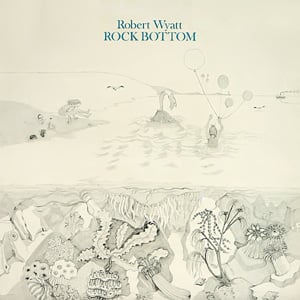
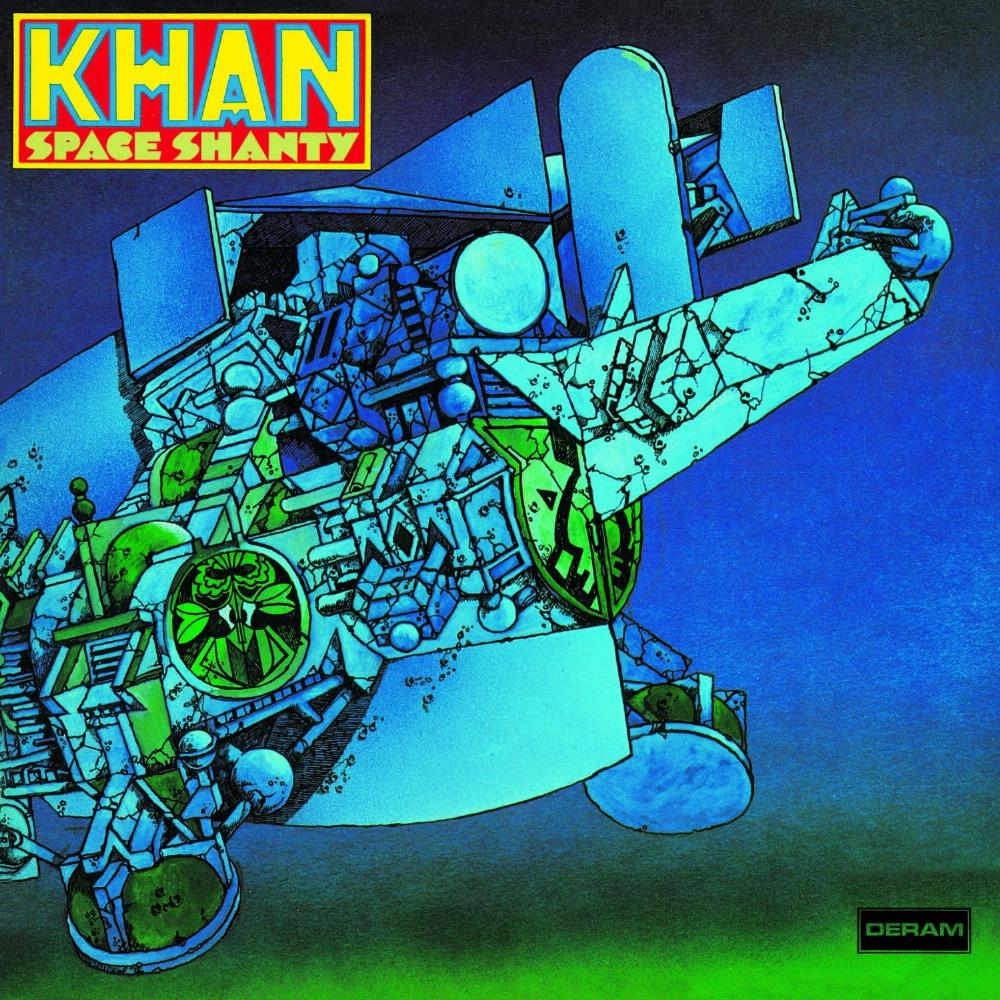
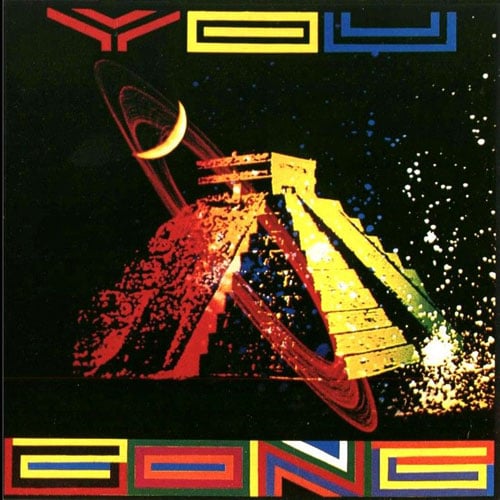
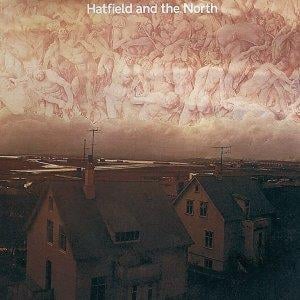
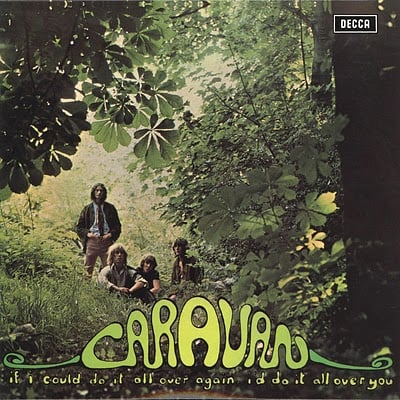
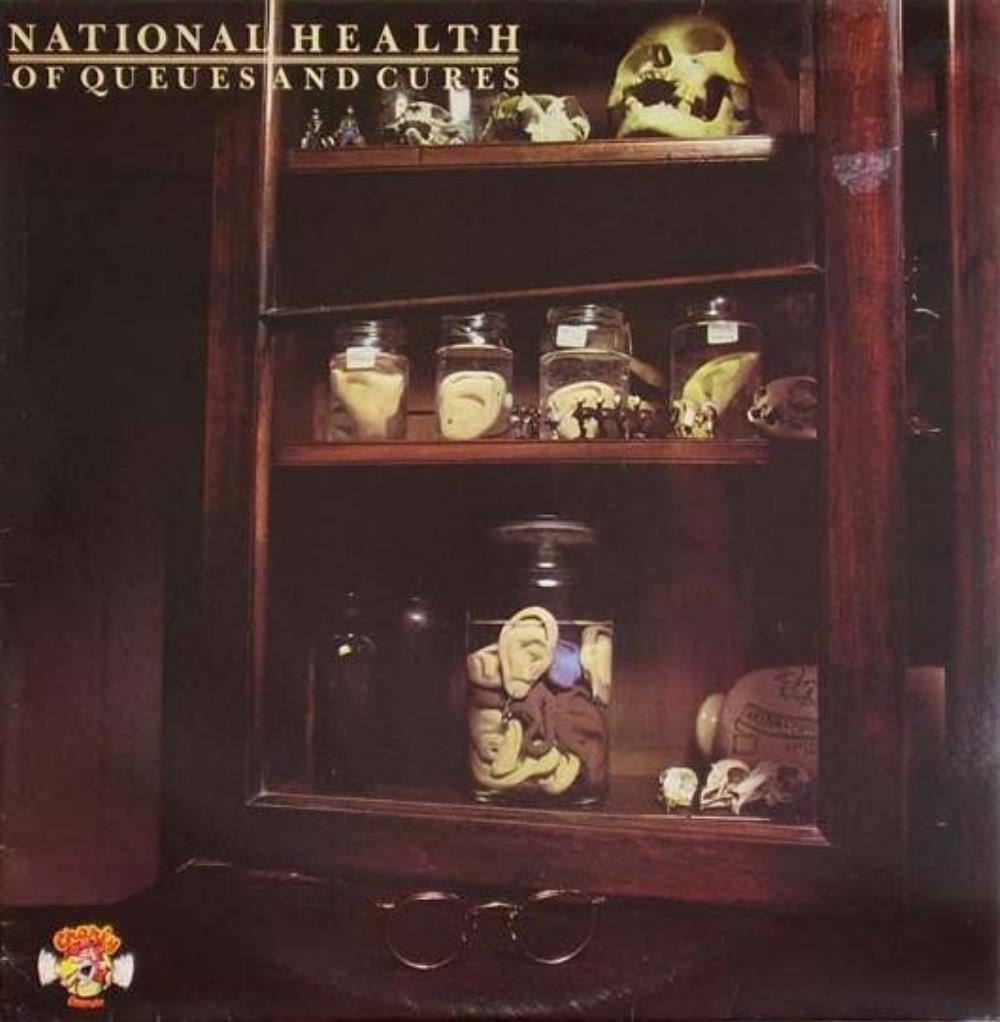
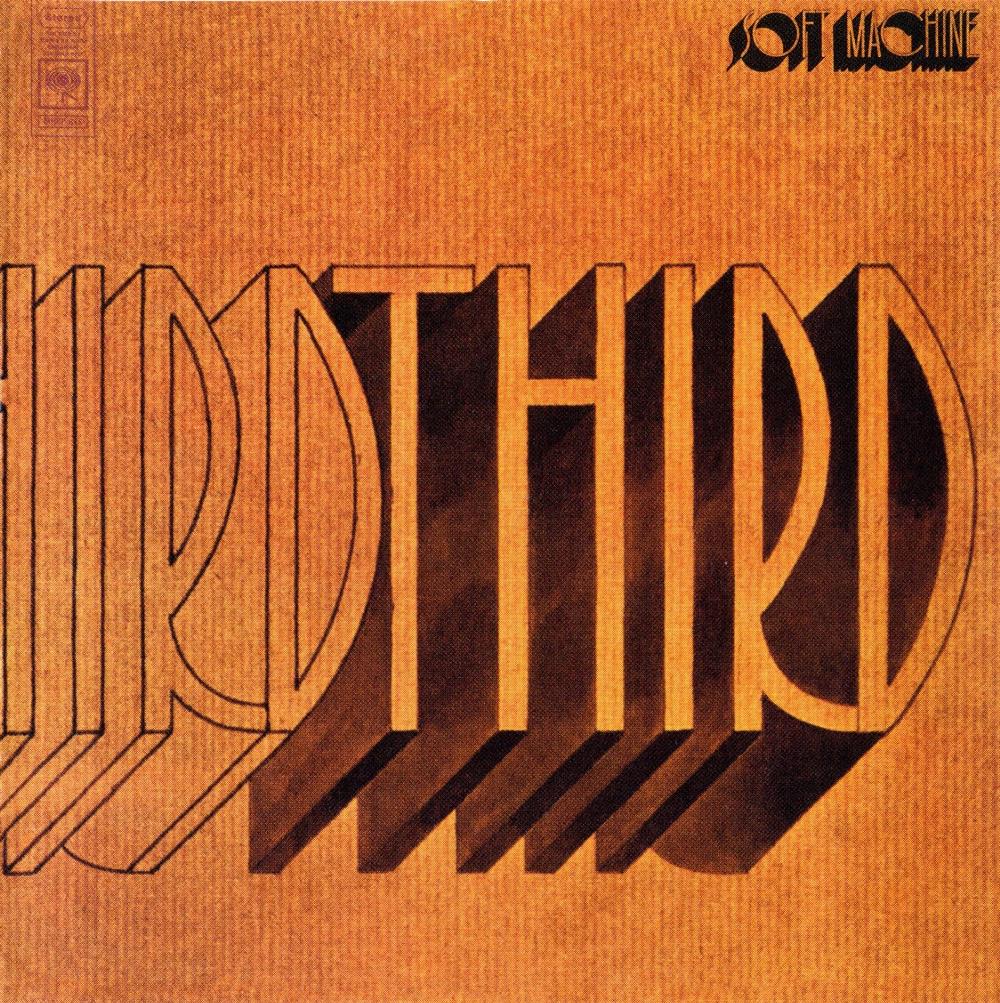
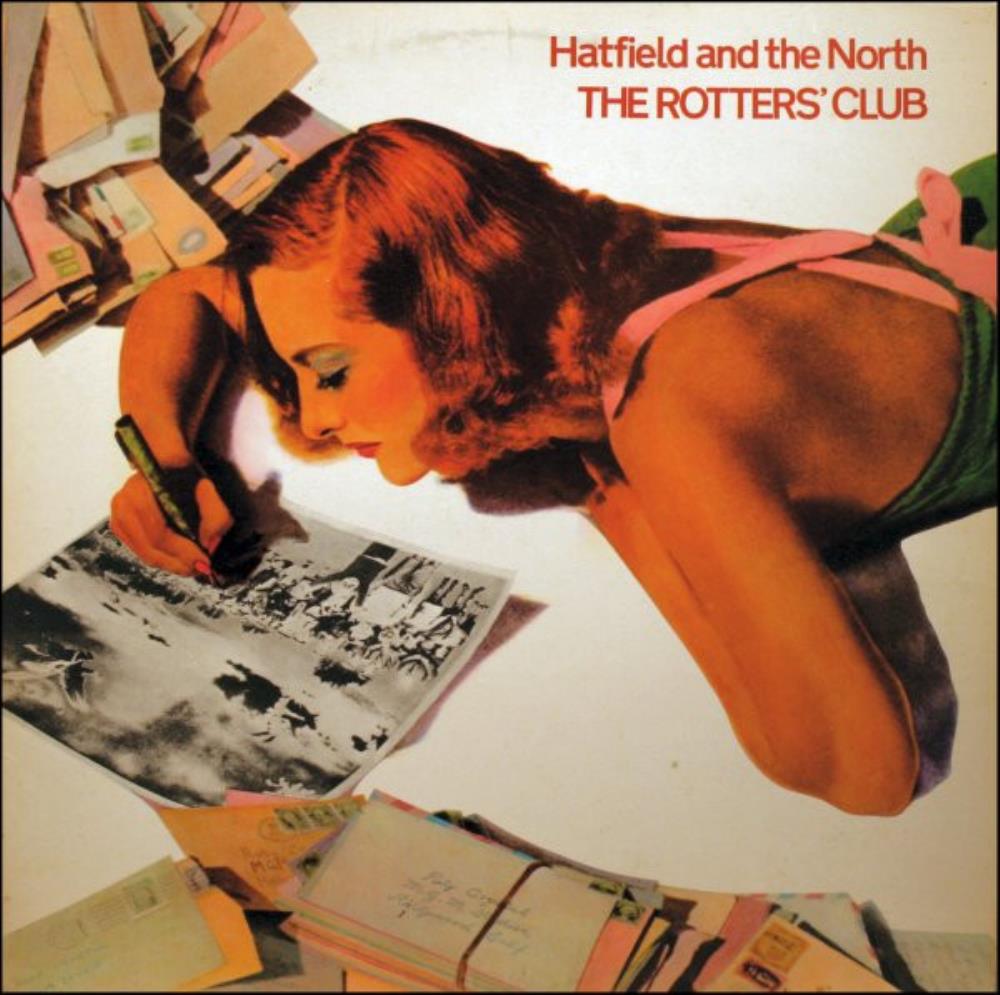
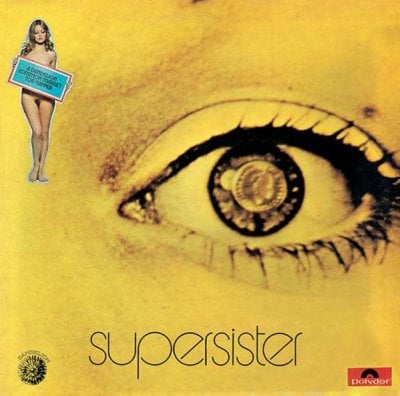
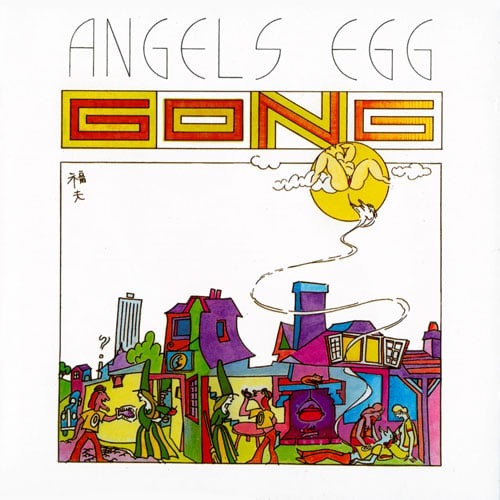
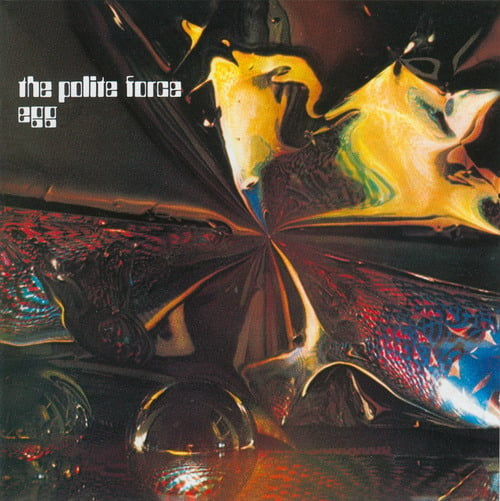

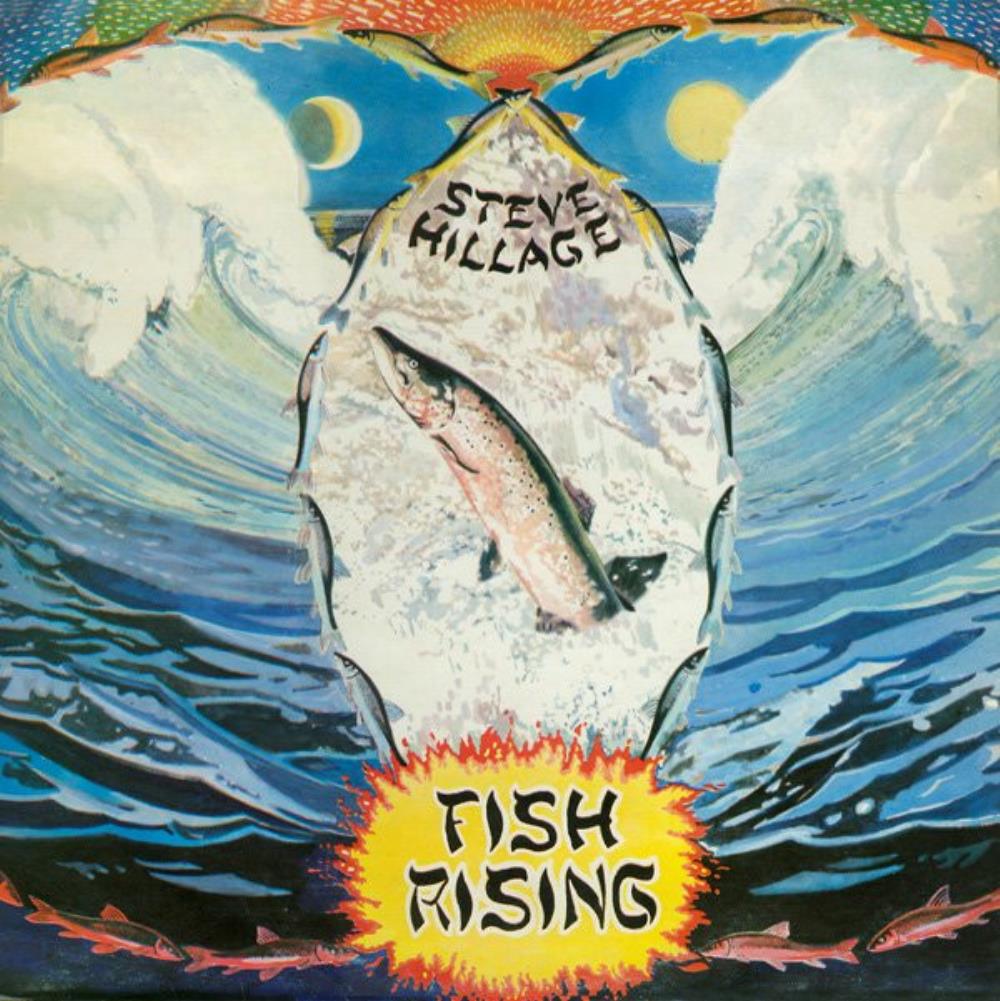
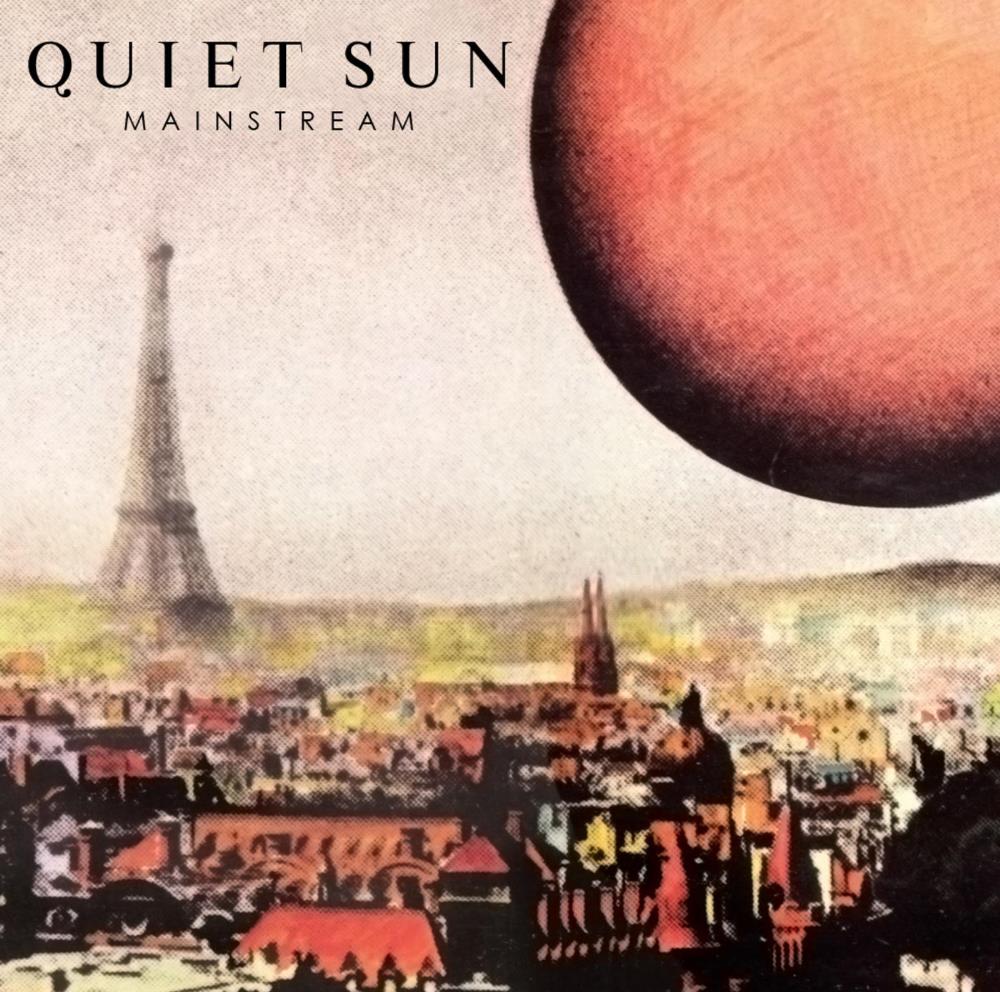
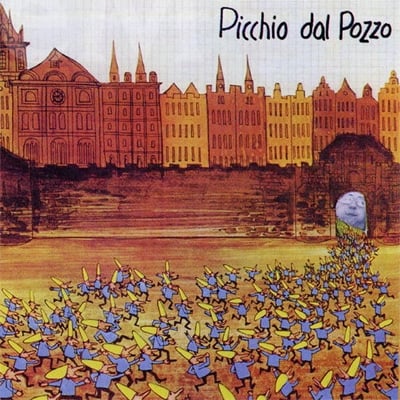
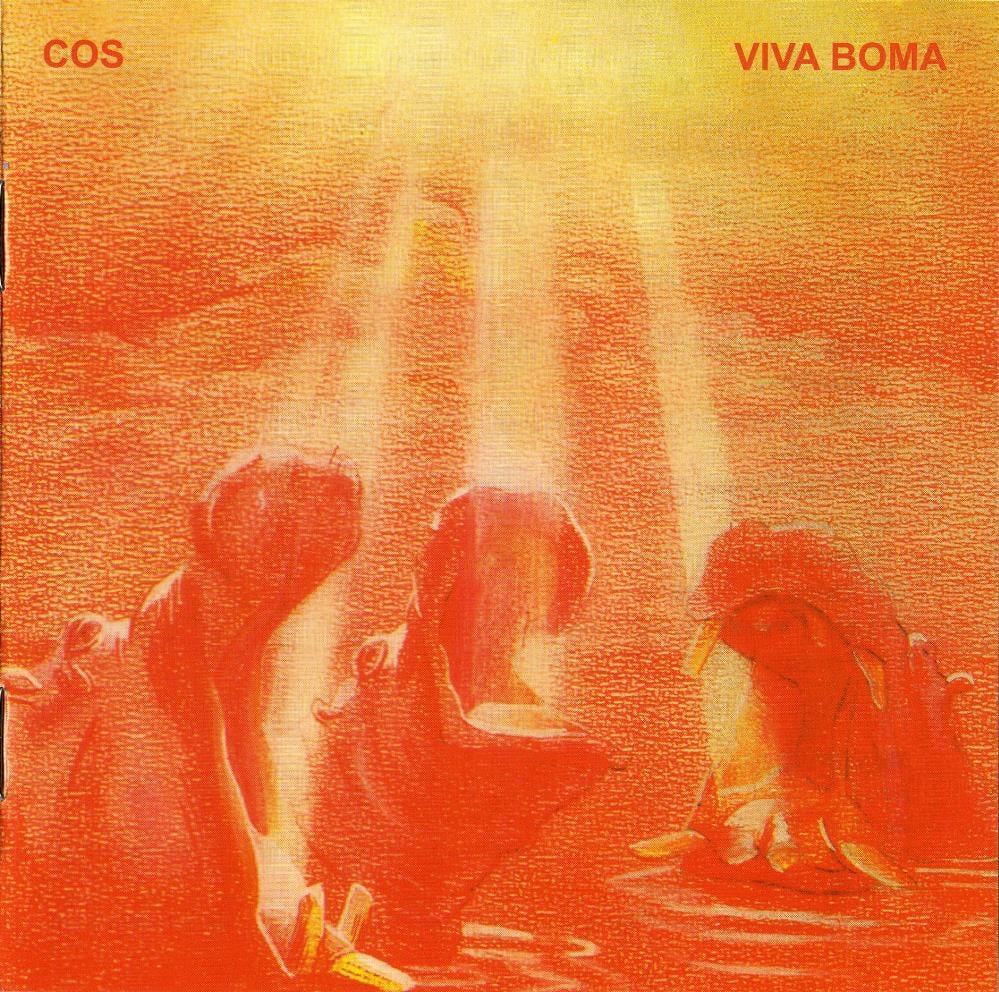
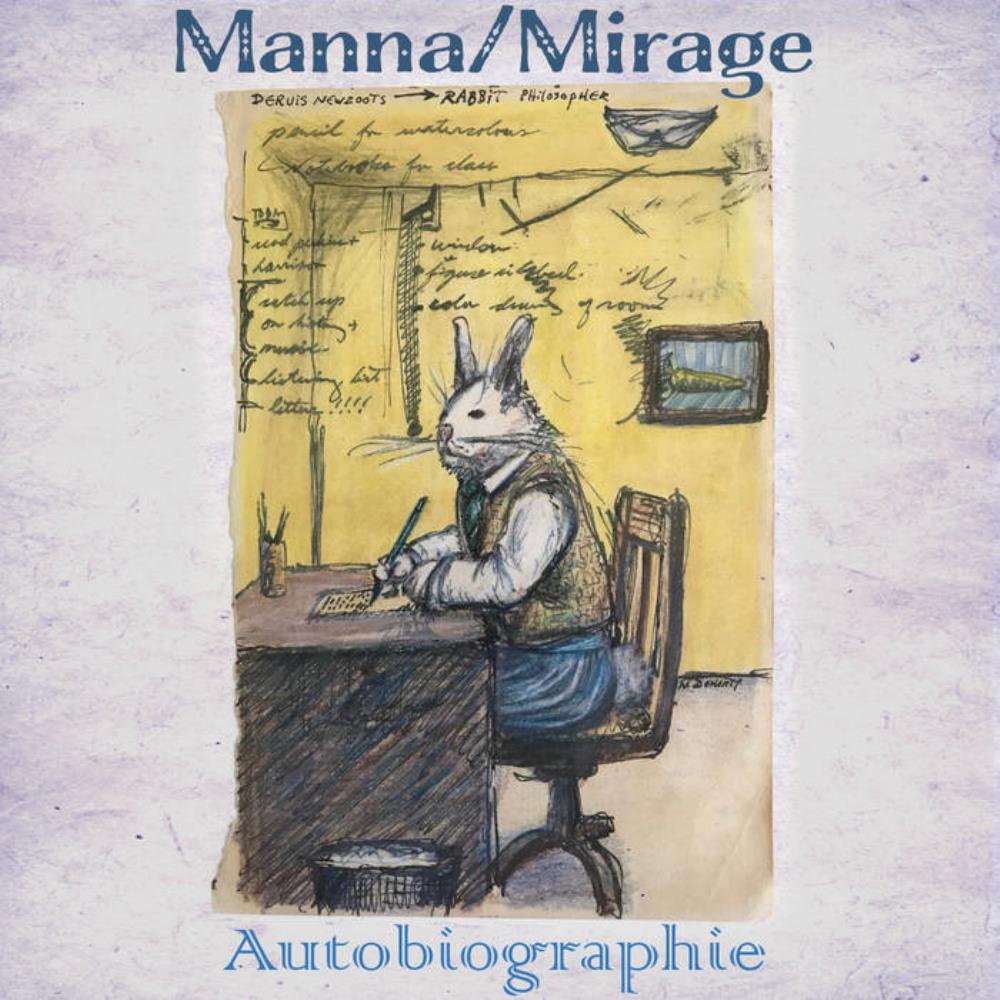
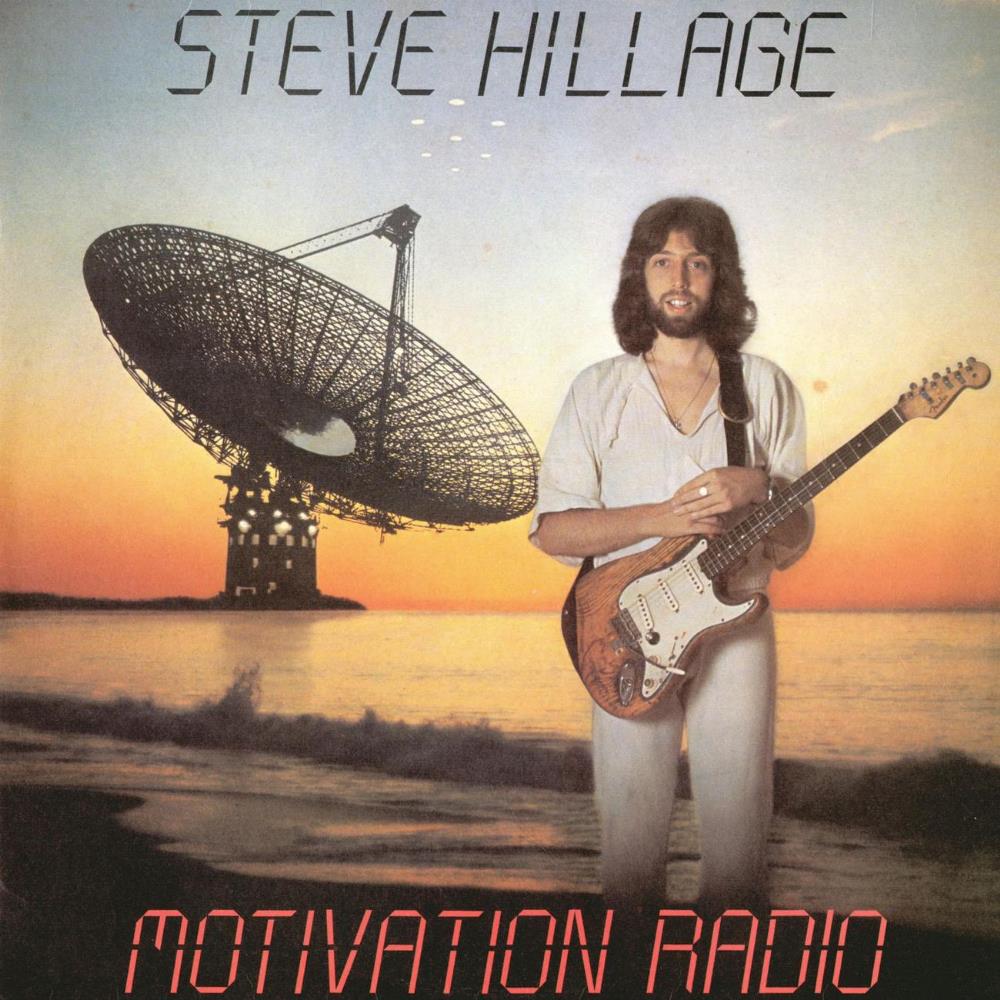
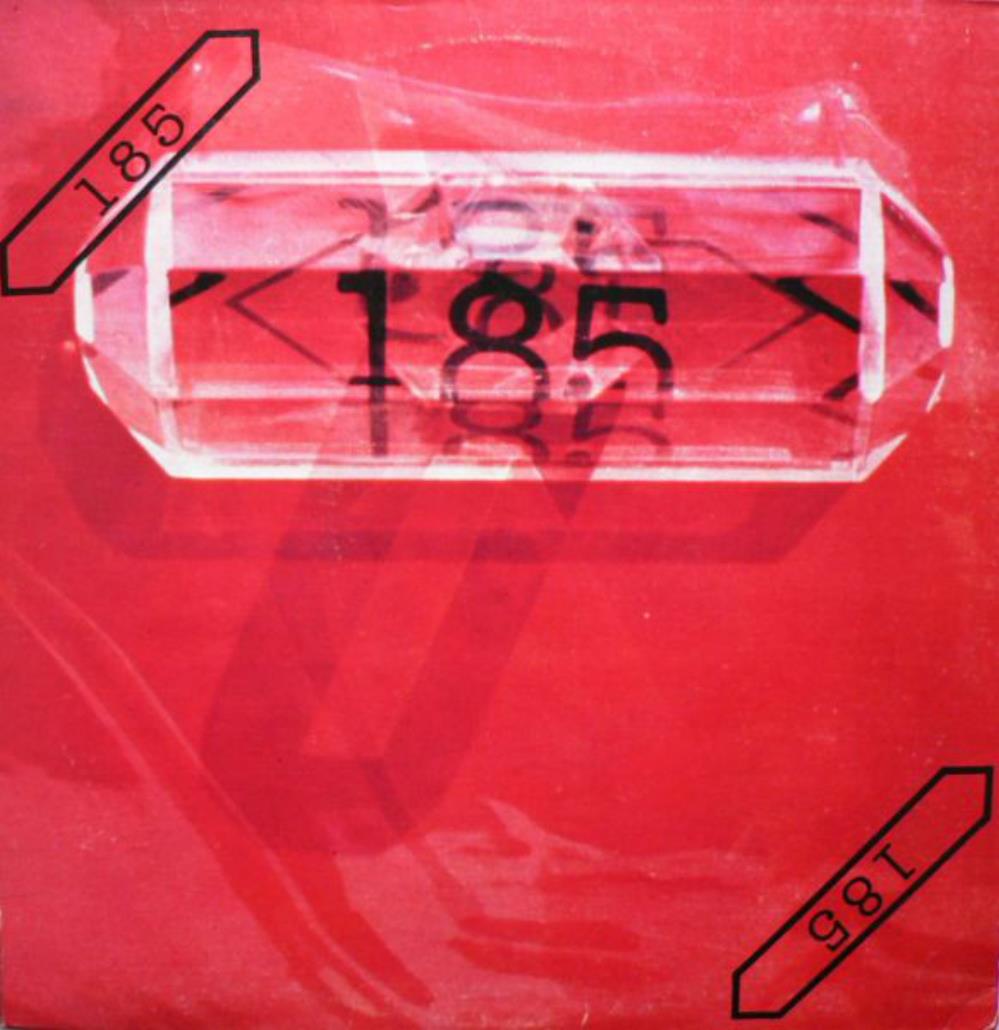

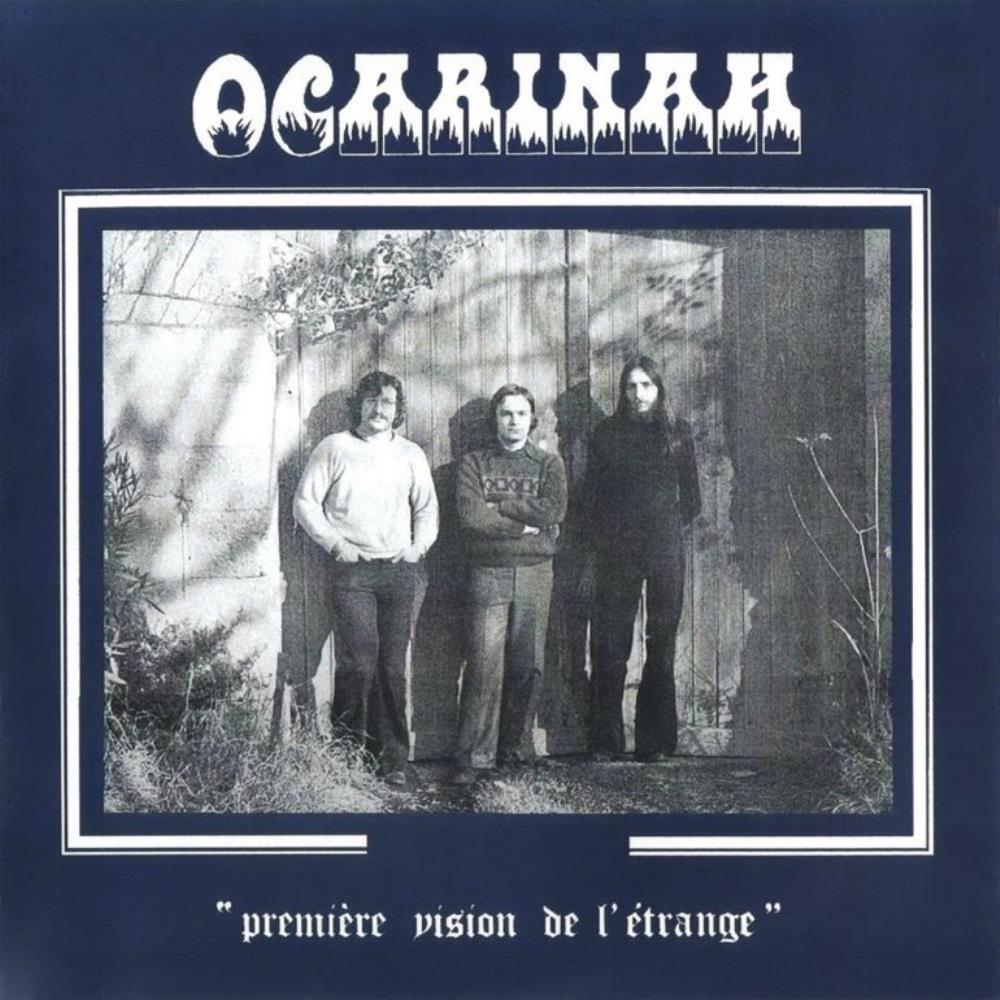
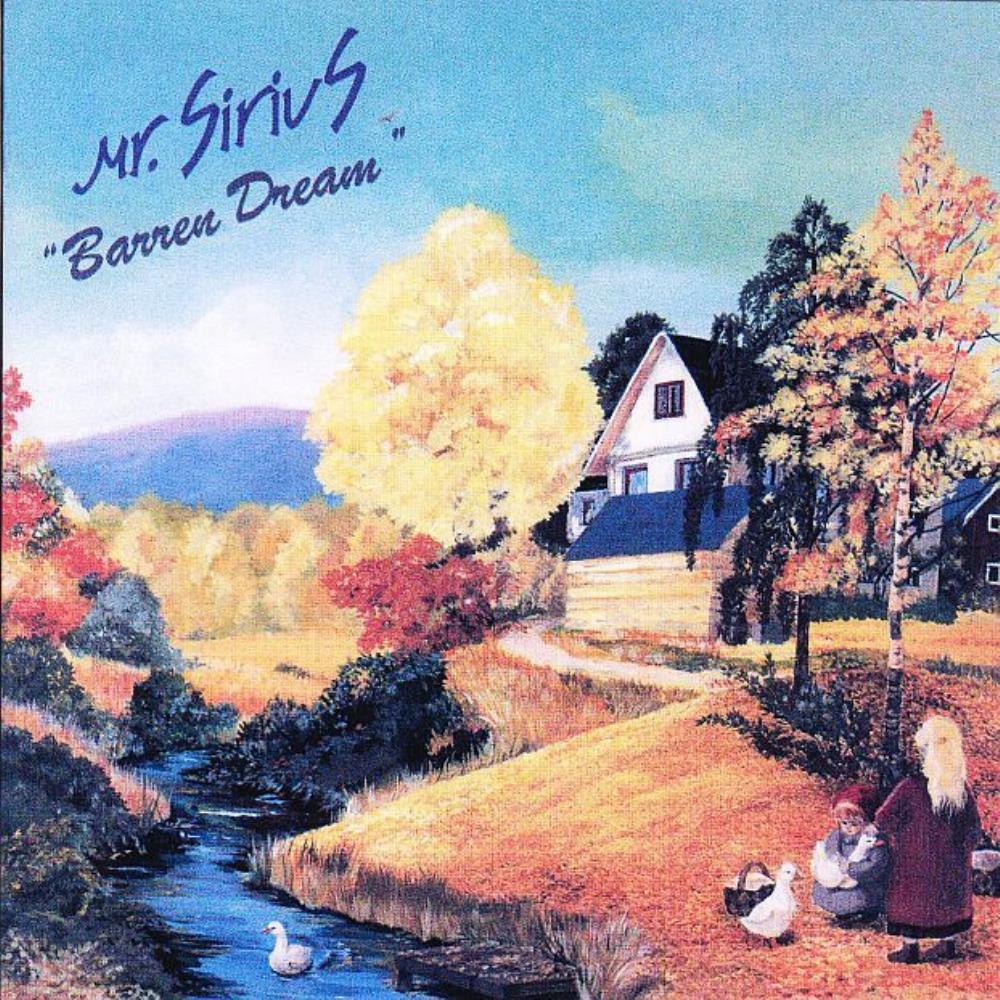
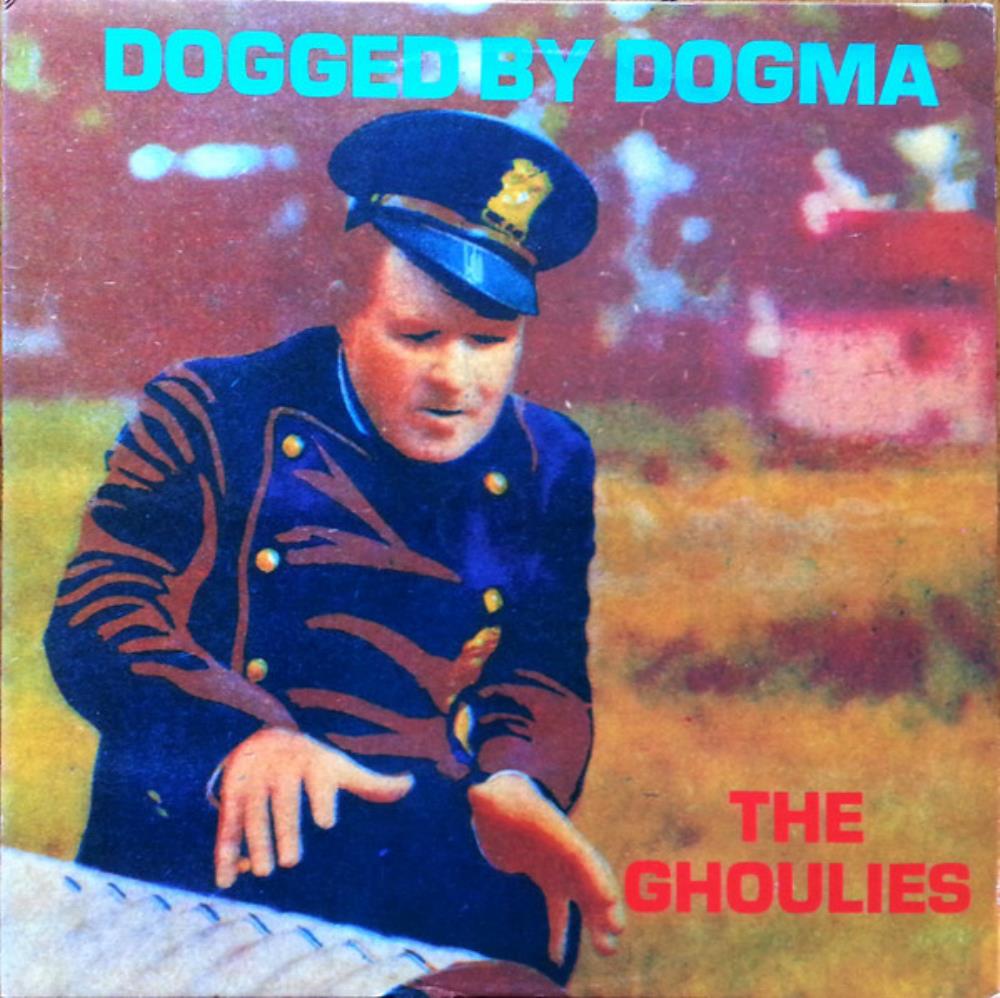
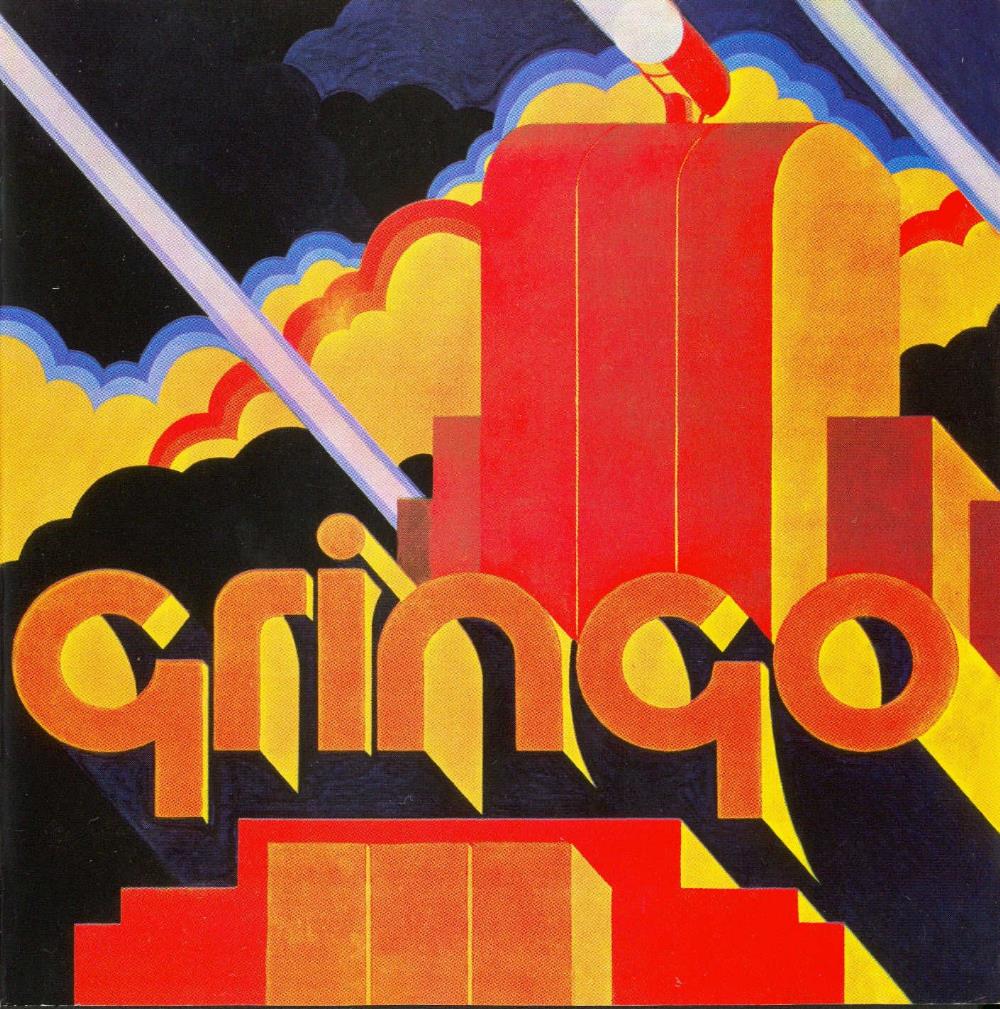
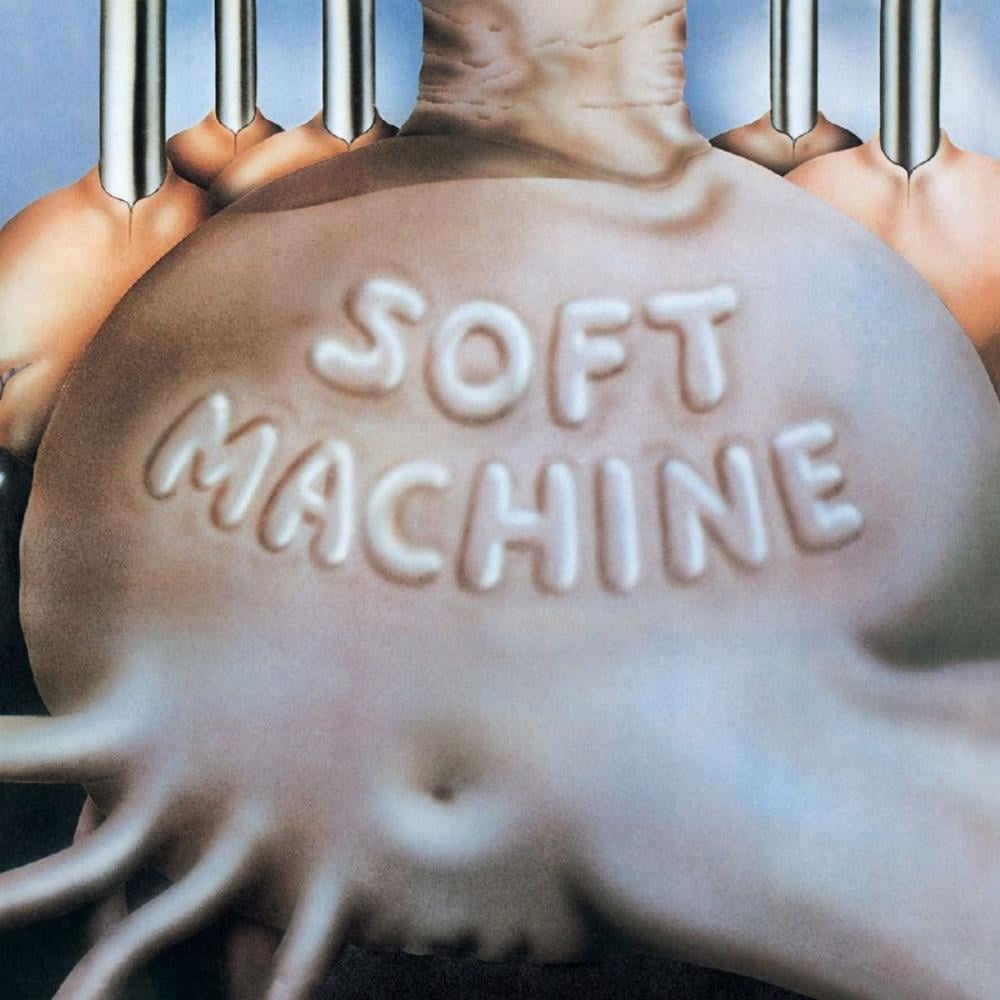
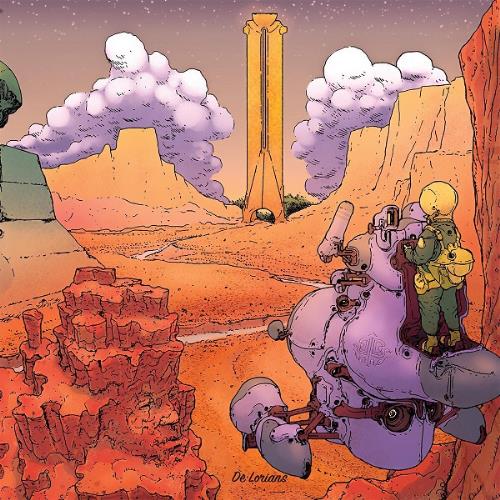
 |
|